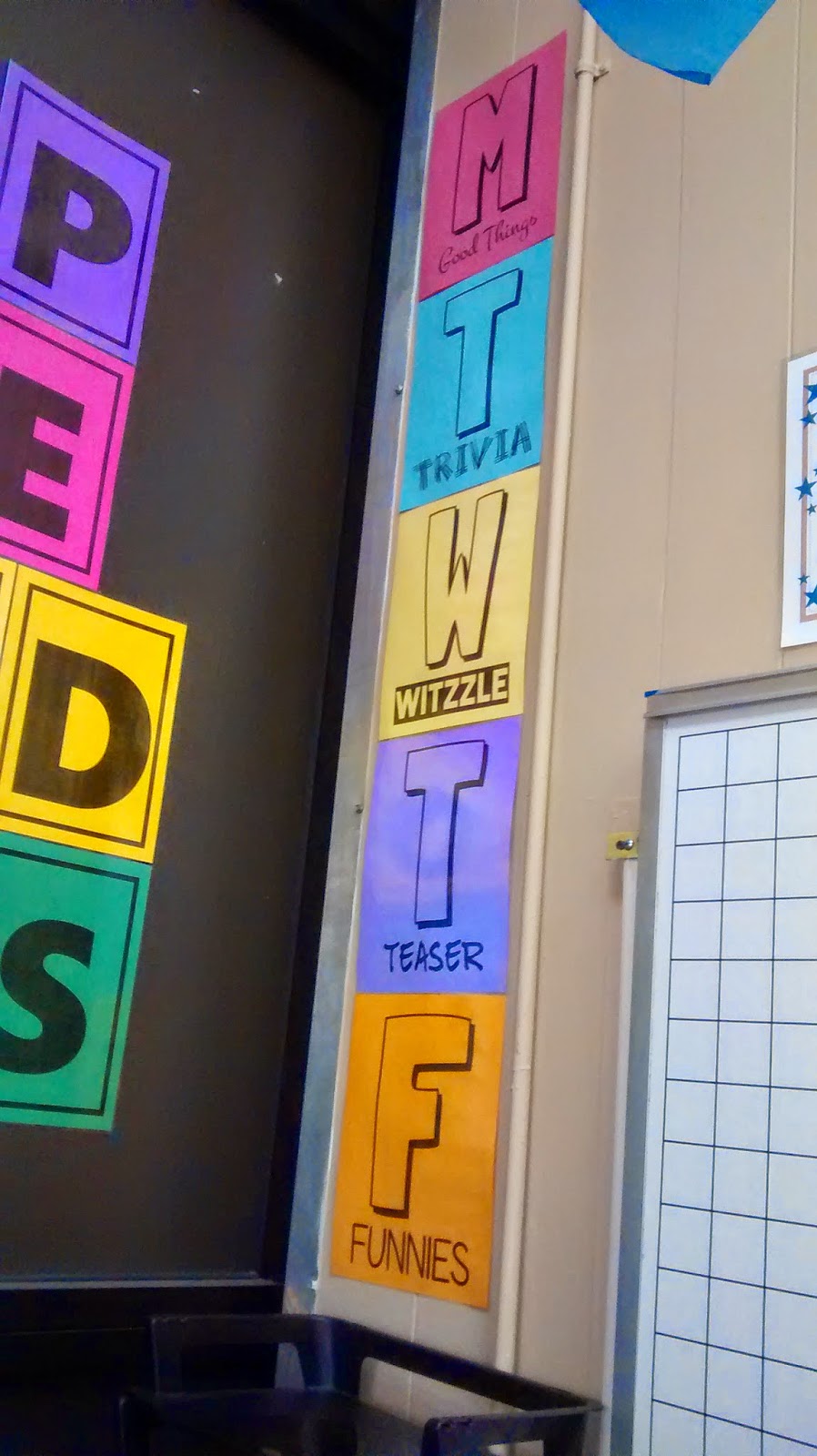Likes and Dislikes Brainteaser
Back in August, a sixth grade girl who attends my church presented me with a brain teaser that her teacher had shared with her class. Since Thursdays in my classroom start off with a brain teaser, I decided to share this brain teaser with my students. It’s the type of brain teaser that is EXTREMELY frustrating until you figure it out. (Though, I guess that’s just the definition of a brain teaser…) I’m the type of mean teacher who doesn’t give away the answer.

Students were still asking about this weeks later. One girl even tweeted me out of frustration! (I replied with: “I like puzzles, but I don’t like games.”)

Here are the rules:
* I’m going to tell you about things I like and things I don’t like.
* These have nothing to do with my actual personal preferences. My likes and dislikes are determined by a rule that you must discover.
* When you think you have figured out the rule, don’t tell me (or the class) the rule. Instead, give me a sentence of something I would like and dislike. I will tell you if I agree or disagree.
I like jelly, but I don’t like jam.
I like yellow, but I don’t like blue.
I like dresses, but I don’t like skirts.
I like food, but I don’t like eating.
I like pillows, but I don’t like cushions.
I like carrots, but I don’t like squash.
I like football, but I don’t like sports.
I like summer, but I don’t like spring.
I like yelling, but I don’t like screaming.
I like butter, but I don’t like margarine.
I like cookies, but I don’t like cake.
I like hoodies, but I don’t like sweaters.
Figured it out yet? When I do this with students, I have to limit it to 5 minutes or so, or they will try to spend ALL hour figuring out the puzzle. After a few minutes, I insist that we have to go on with the lesson of the day. But, I will occasionally throw an “I like..but I don’t like…” sentence into the lesson just to frustrate them.
The look of joy when one student figures it out and starts contributing their own sentences to the class is priceless. If students are really struggling to figure out the brain teaser, you can suggest that they record a list of things you like and don’t like. Seeing the words written out should make the rule a bit more obvious.
We actually worked through this activity in one of my grad school classes. This could be a good introduction to teaching problem solving skills. Or, it’s just a fun way to fill a few leftover minutes at the end of class.
Puzzle Solutions
I intentionally do not make answers to the printable puzzles and math activities I share on my blog available online because I strive to provide learning experiences for my students that are non-google-able. I would like other teachers to be able to use these puzzles in their classrooms as well without the solutions being easily found on the Internet.
However, I do recognize that us teachers are busy people and sometimes need to quickly reference an answer key to see if a student has solved a puzzle correctly or to see if they have interpreted the instructions properly.
If you are a teacher who is using these puzzles in your classroom, please send me an email at sarah@mathequalslove.net with information about what you teach and where you teach. I will be happy to forward an answer key to you.
Not a teacher? Go ahead and send me an email as well. Just let me know what you are using the puzzles for. I am continually in awe of how many people are using these puzzles with scouting groups, with senior adults battling dementia, as fun activities in their workplace, or as a birthday party escape room.







This puzzle is easier when it is written out. Harder when it is told aloud.
Definitely! I guess I could have made this into a vlog to make it a bit trickier.
I like coffee, but I don't like tea.
😀
Do you like pudding, but not flan?
I agree with Benjamin, easy when you read it.
Exactly!
I like bookkeepers and accountants, but I don't like actuaries. 😉
Getting fancy! 😉 I love to see what crazy sentences my students come up with for this once they figure it out.
I like success but not failure.
😀
I like kittens but I don't like cats.
I love love love this brainteaser!
Me too! It's definitely a fav.
I like books, but I don't like reading.
😀
I like rolls, but I don't like buns.
Nice one!
WEll….help me figure it out so I can do it with my students….whats the answer please
Can you please help me figure this out! I plan to do it soon in my class….
I like rabbits but I don't like cats.
I like glasses but I don't like contacts. 🙂
I like parallel but I don't like perpendicular.
I like soccer but I don’t like golf